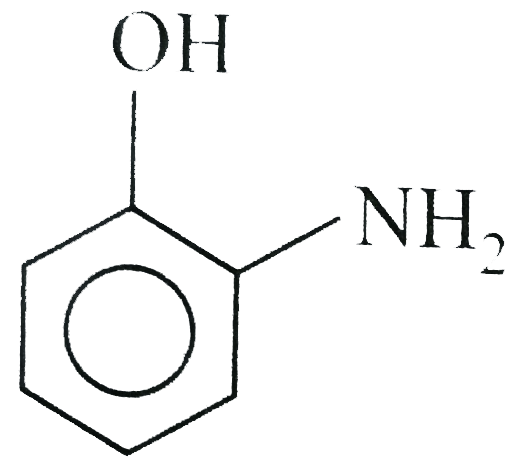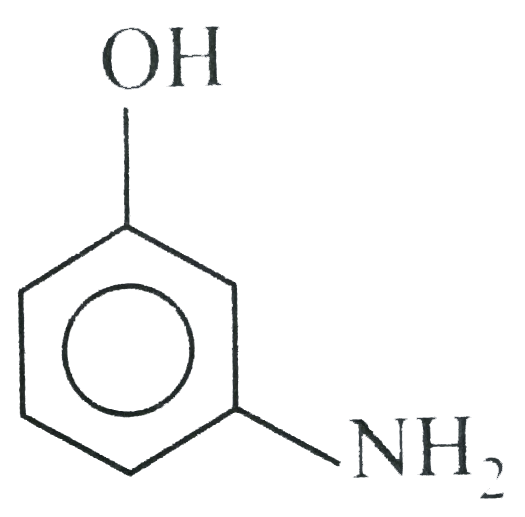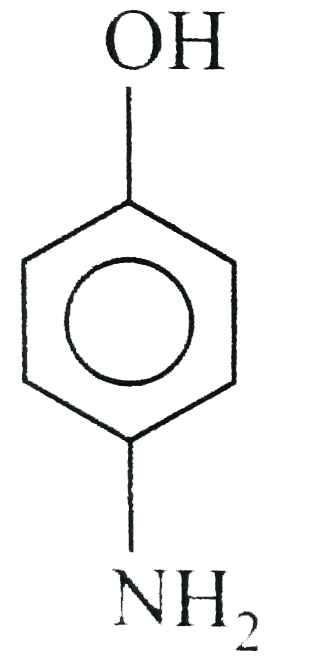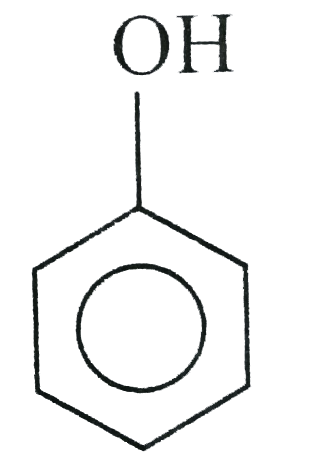Paracetamol is
Acetyl derivative of salicylic acid
Acetyl derivative of P-nitrophenol
Acetyl derivative of P-hydroxy benzoic acid
Acetyl derivative of P-amino phenol
The correct Answer is:D
Step-by-Step Solution:
1. Identify the Compound: Paracetamol is a well-known pharmaceutical compound. It is important to recognize its chemical name and structure.
2. Chemical Classification: Paracetamol is classified as an antipyretic drug, which means it is used to reduce fever. It is also analgesic, meaning it helps relieve pain.
3. Chemical Structure: The chemical structure of paracetamol can be described as an acetyl derivative of para-aminophenol. The structure includes a benzene ring with two functional groups: an amine group (NH2) and a hydroxyl group (OH) that are positioned para to each other.
4. Synthesis: Paracetamol is synthesized through the acetylation of para-aminophenol. During this process, an acetyl group (COCH3) is added to the amine group of para-aminophenol, resulting in paracetamol.
5. Final Structure: The final structure of paracetamol can be represented as follows:
- A benzene ring with:
- An amine group (NH2) at one position.
- A hydroxyl group (OH) at the para position relative to the amine group.
- An acetyl group (COCH3) attached to the nitrogen atom of the amine.
6. Conclusion: The correct identification of paracetamol is that it is the acetyl derivative of para-aminophenol, and its structure is characterized by the presence of both the hydroxyl and acetyl groups on the benzene ring.
- A benzene ring with:
- An amine group (NH2) at one position.
- A hydroxyl group (OH) at the para position relative to the amine group.
- An acetyl group (COCH3) attached to the nitrogen atom of the amine.
Topper's Solved these Questions
- CHEMISTRY IN EVERYDAY LIFEBOOK - NARAYNACHAPTER - CHEMISTRY IN EVERYDAY LIFEEXERCISE - EXERCISE-2(H.W)( ANTIMICROBIALS, ANTIFERTILITY DRUGS & ANTIBIOTICS )
10 Videos
- CHEMISTRY IN EVERYDAY LIFEBOOK - NARAYNACHAPTER - CHEMISTRY IN EVERYDAY LIFEEXERCISE - EXERCISE-2(H.W)( CHEMICALS IN FOOD )
7 Videos
- CHEMISTRY IN EVERYDAY LIFEBOOK - NARAYNACHAPTER - CHEMISTRY IN EVERYDAY LIFEEXERCISE - EXERCISE-2(H.W)( TRANQUILIZERS )
5 Videos
- CHEMICAL KINETICS BOOK - NARAYNACHAPTER - CHEMICAL KINETICS EXERCISE - EXERCISE -4
30 Videos
- CHEMISTRY OF HEAVY METALSBOOK - NARAYNACHAPTER - CHEMISTRY OF HEAVY METALSEXERCISE - Passage 13
1 Videos
Similar Questions
Knowledge Check
Paracetamol reduces
Ablood pressureBfeverChypertensionDallergyWhich of the following gives paracetamol on acetlylation ?
A B
B C
C D
D
Mention one use each of the following drugs :
(i) Ranitidine
(ii) Paracetamol
(iii) Tincture of iodine
View SolutionMention one use each of the following drugs :
(i) Ranitidine
(ii) Paracetamol
(iii) Tincture of iodine
View SolutionAmong the following which one acts as a food preservative ?
Aspartame, Aspirin, Sodium benzoate , Paracetamol .
View SolutionAmong the following , which one acts as a food presrvative ?
Aspartame, Aspirin , Sodium Benzoate , Paracetamol .
View SolutionAmongst the following, non-narcotic analgesics are: morphine, paracetamol, aspirin, codeine, naproxen, ibuprofen, diclofenac sodium, heroin, luminal.
View SolutionA feverish person is running a temperature of 101∘F and is given paracetamol to lower his temperature. Due to medicine, there is an increase in rate of evaporation of sweat from his body. The mass of the person is 50 kg and the specific heat of human body is approximately about 1calg−1∘C−1 . If the fever is brought down to 98∘F in 25 mins, the average rate of extra evaporation caused by the medicine is R in g min−1 , then the value of 87R/100 is (Latent heat of water at that temperature=580 g/cal)
View Solution
